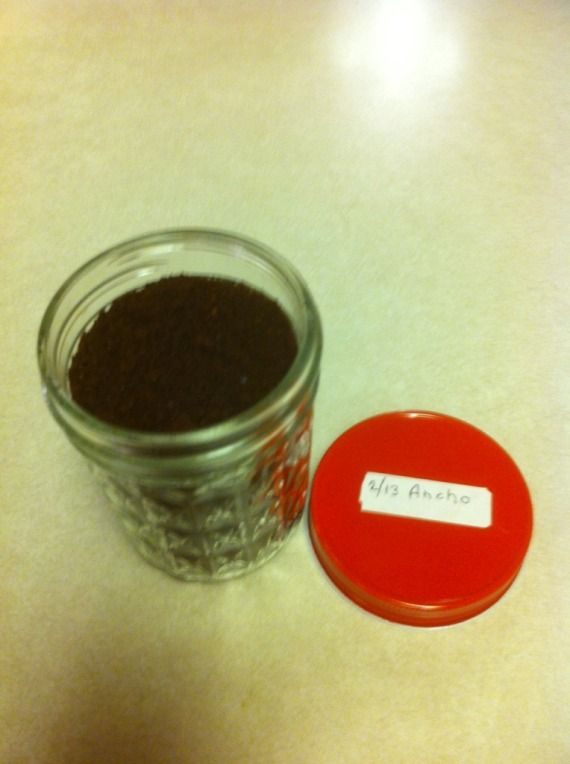Gary H. NJ
TVWBB Platinum Member
This is right up there with "Why is the sky blue?"...
My wife asked me this question last week when we had burnt ends. Honestly, I didn't have a great answer; certainly nothing that satisfied me. The obvious stuff came to mind -- accumulation of smoke and light caramelization. I do low and slow (225-270F) with very little sugar in my rub and don't glaze until the very end. My pork butts and briskets are the typical meteorite-black after 8-14 hours.
Any thoughts?
My wife asked me this question last week when we had burnt ends. Honestly, I didn't have a great answer; certainly nothing that satisfied me. The obvious stuff came to mind -- accumulation of smoke and light caramelization. I do low and slow (225-270F) with very little sugar in my rub and don't glaze until the very end. My pork butts and briskets are the typical meteorite-black after 8-14 hours.
Any thoughts?
Last edited:

